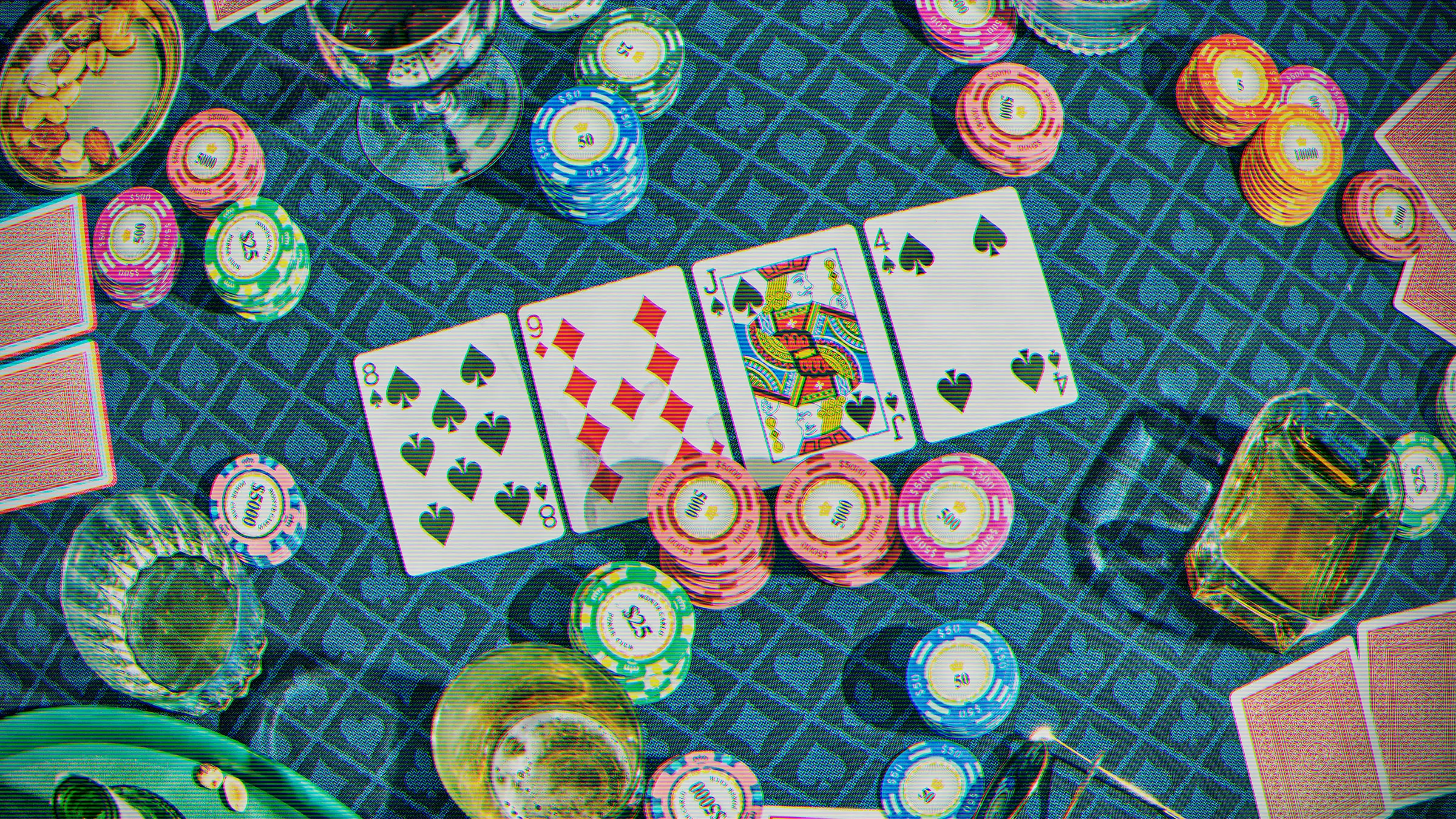As any poker player knows, recognizing and taking advantage of opponents’ tendencies are crucial components to success in poker games. Unfortunately, knowing how to accomplish this may prove to be challenging.
One approach is to understand GTO (Game Theory Optimal) strategy, then determine how best to deviate from it in an advantageous fashion.
Identifying Your Opponent’s Strategy
At the core of poker exploitation lies one of its core concepts. When an opponent deviates from optimal GTO strategy, you have an opportunity to exploit those deviations and make money off them – often known as attacking or “exploitative play.” As such, many modern discussions on poker center around this topic.
While it is impossible to discover an invincible strategy, even top players tend to exhibit tendencies and habits which can be taken advantage of. Recognizing such tendencies requires paying close attention and continuously updating your mental model of opponents.
Ideal practice involves closely observing and evaluating each opponent you face to see whether they’re adhering to a GTO strategy or deviating in some way. For instance, let’s say your opponent plays well preflop, flop and turn, yet often folds when river bets come around – exploit their weakness by raising your own river bets more aggressively!
Identifying Your Opponent’s Mistakes
At any game played by humans, mistakes will inevitably occur. While some players may recognize and correct an error when necessary, for most this does not happen.
To maximize profit, it is necessary to identify and exploit mistakes made by opponents. One way of doing so is observing their behavior and looking out for mistakes; for instance, if they repeatedly defend beyond MDF recommendations this can be exploited by increasing defenses against them.
One way of outwitting an opponent is to expand your knowledge of GTO and evaluate how effectively their opponents deviate from it. Simulations may be useful here, or simply watching their play can provide greater insights.
Identifying Your Opponent’s Ranges
Identification of your opponent’s range is an integral component of exploitative poker, but can be challenging without prior knowledge about balancing and reading people’s ranges.
In this episode, we’ll take an example hand from a $1/$2 game to demonstrate how professional poker players think about ranges and their opponent’s ranges and how best to exploit them. This should help recreational players better understand how professionals view opponents and take advantage of them.
As you play more hands, you’ll start to recognize your opponent’s tendencies with respect to GTO poker strategy. These tendencies can be found by analyzing his actions and using conditional probability to gain information on his range – this process is known as “spotting.” Mastering this skill significantly strengthens your poker abilities.
Identifying Your Opponent’s Tendencies
Exploiting weaker players who fall into patterns is key to being successful at the poker table, yet identifying and capitalizing upon these tendencies can be challenging.
One way of recognizing an opponent’s tendencies is to observe their gameplay. For instance, if an opponent frequently defends their position more often than what MDF (Minimum Defensive Frequency) suggests, this may be something worth taking advantage of.
Another effective way of recognizing your opponent’s tendencies is examining their betting style. For instance, if someone tends to be very tight player who rarely 3-bets, you could exploit this by increasing your own 3-bet range and taking advantage of this tightness by 3-betting more often yourself.
Finally, you can also detect your opponent’s tendencies by comparing their playing style with GTO strategy. For instance, if an opponent engages in rock-paper-scissors at 33% rate and not using it with GTO strategy as intended – that indicates an attempt at deviating. Observing and understanding opponent tendencies is an integral component of becoming an expert exploiter.













